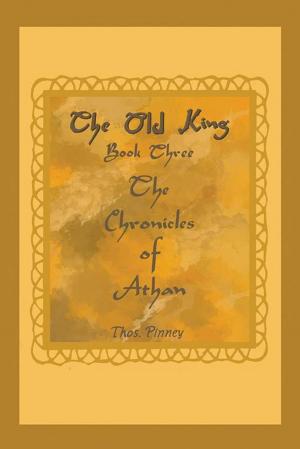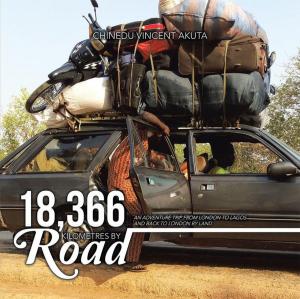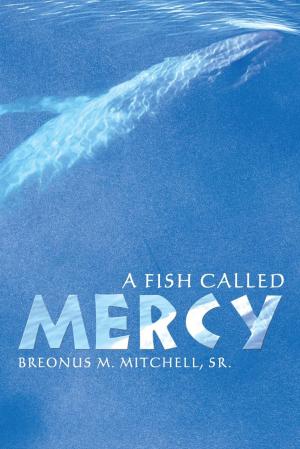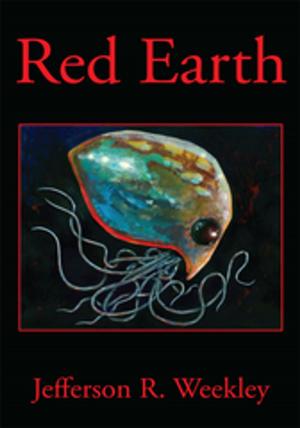| Author: | Richard John Kosciejew | ISBN: | 9781546259367 |
| Publisher: | AuthorHouse | Publication: | September 21, 2018 |
| Imprint: | AuthorHouse | Language: | English |
| Author: | Richard John Kosciejew |
| ISBN: | 9781546259367 |
| Publisher: | AuthorHouse |
| Publication: | September 21, 2018 |
| Imprint: | AuthorHouse |
| Language: | English |
Early hominids made stone artifacts either by smashing rocks between a hammer and anvil (known as the bipolar technique) to produce usable pieces or through the regulating and directly controlled process as termed flaking, in which stone chips were fractured away from a larger rock striking it with a hammer of stone or other hard material. Subsequently, during the lingering existence of, say, ten thousand years, the diversity in techniques for producing masonry artifacts—including pecking, grinding, sawing, and boring—became additionally familiar. The best rocks for flaking tended to be hard, fine-grained, or amorphous (having no crystal structure) rocks, including lava, obsidian, ignimbrites, flint, chert, quartz, silicified limestone, quartzite, and indurated shale. Ground-stone tools could be made on a wider range of raw material types, including coarser grained rock such as granite.
Early hominids made stone artifacts either by smashing rocks between a hammer and anvil (known as the bipolar technique) to produce usable pieces or through the regulating and directly controlled process as termed flaking, in which stone chips were fractured away from a larger rock striking it with a hammer of stone or other hard material. Subsequently, during the lingering existence of, say, ten thousand years, the diversity in techniques for producing masonry artifacts—including pecking, grinding, sawing, and boring—became additionally familiar. The best rocks for flaking tended to be hard, fine-grained, or amorphous (having no crystal structure) rocks, including lava, obsidian, ignimbrites, flint, chert, quartz, silicified limestone, quartzite, and indurated shale. Ground-stone tools could be made on a wider range of raw material types, including coarser grained rock such as granite.















